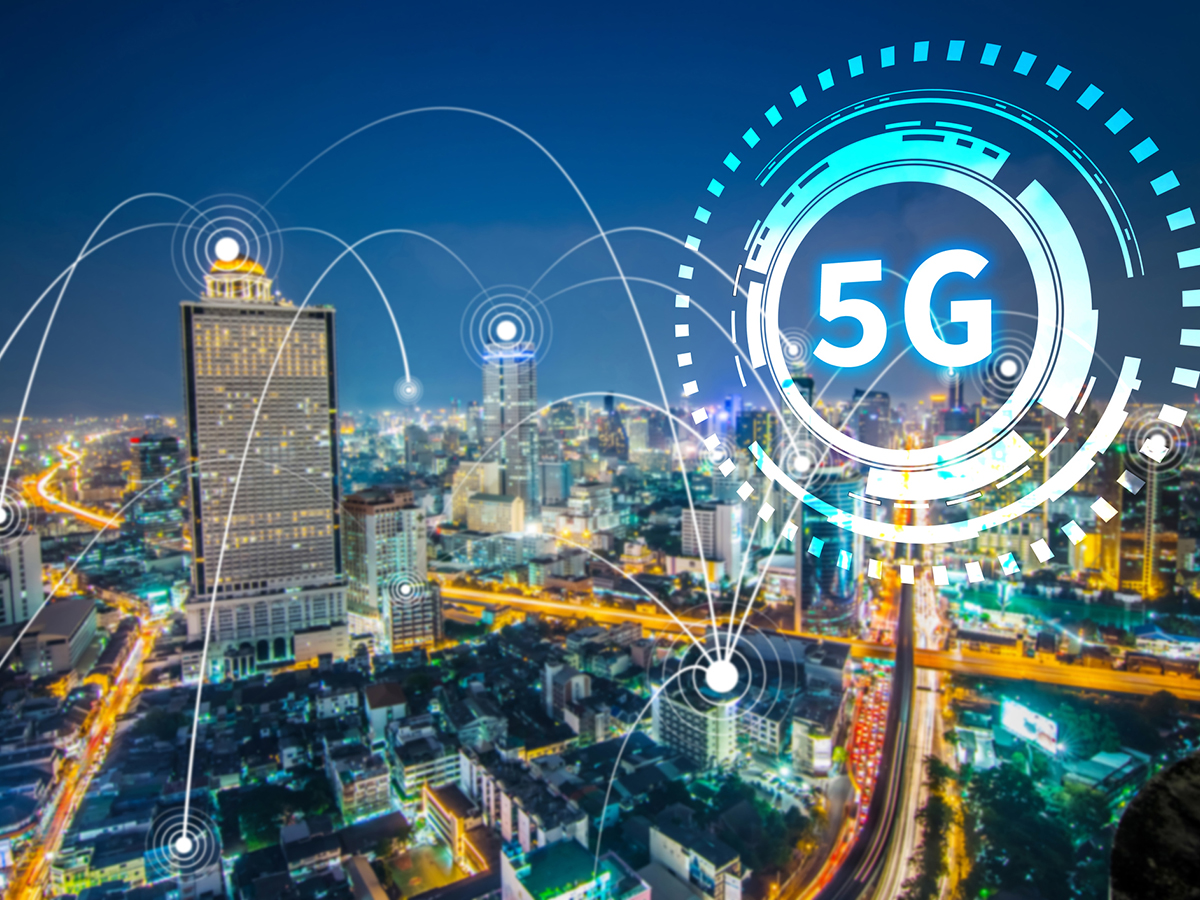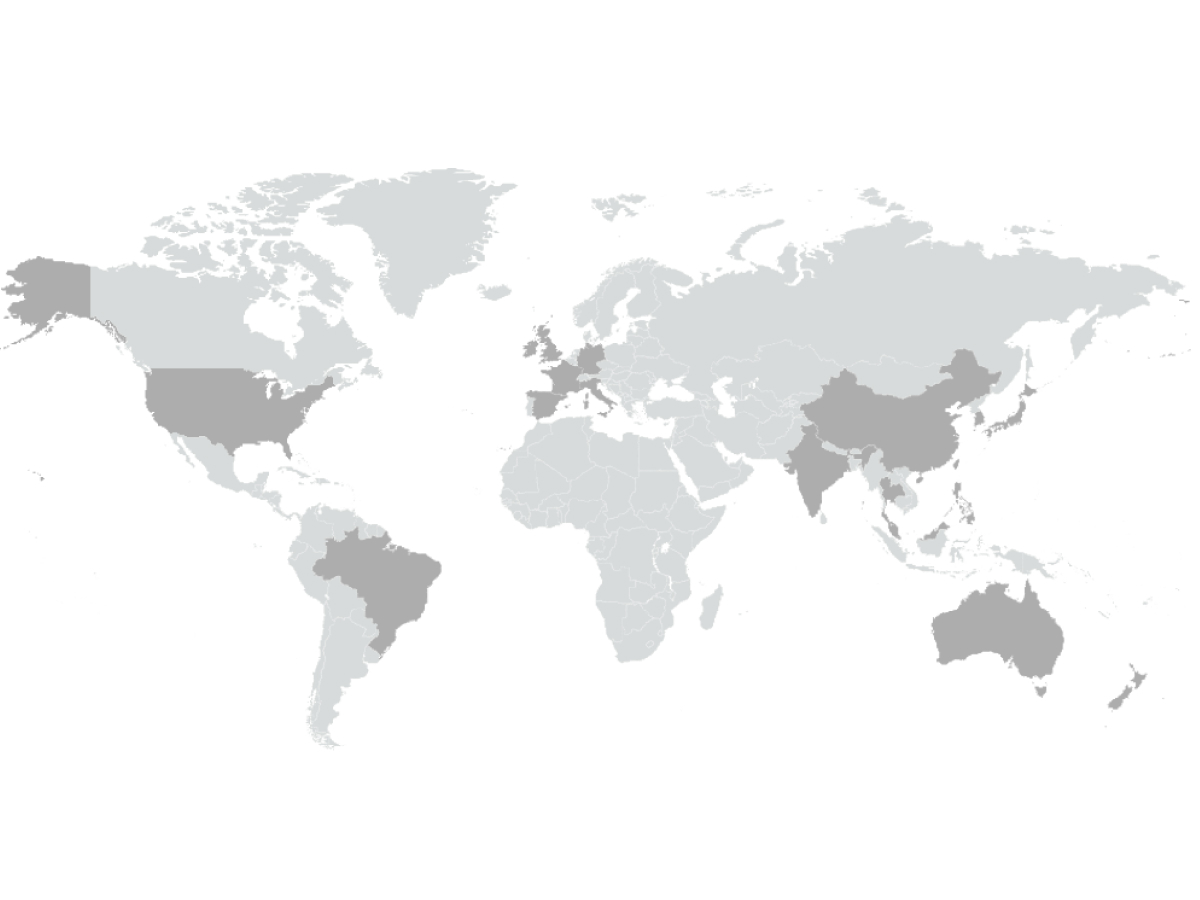As we continue our blog series examining the major advantages of 5G, a key takeaway is how the technology’s improved security and authentication capabilities enable service providers to support any number of industries and end-users. For instance, imagine a surgeon with the ability to guide a procedure from halfway across the world. While dynamic and emerging market applications are “possible” with existing network infrastructure, 5G is critical to time sensitive use-cases with guaranteed security and user experience.
Generations of technology preceding 5G have introduced security challenges, including location tracking, intercepting SMS and phone calls, and Denial-of-Service (DOS) attacks targeted towards a whole network segment or an individual subscriber. For example, with 4G and 3G, a prepaid subscriber could be made to look like a postpaid subscriber to their service provider by paying a hacker on the dark net. This common tactic exposes network operators to financial risk and negatively impacts the bottom line.
Some of these concerns have been addressed by 3GPP in designing and building out 5G specifications. Network operators are now able to keep their networks and network slices secure because of 5G’s enhanced security authentication and authorization which helps provide confidentiality and integrity. In addition, 5G’s cloud native microservices-based architecture enables operators to customize their services dynamically based on the bandwidth needs of the customer. This means that based on the traffic needs of a customer on any given day – or time of day – the size of their bandwidth can increase or decrease; this benefits both the customer (they pay for only what they use) and the carrier (through more efficient use of their resources).
Because 5G is open standards-based, with added flexibility in the new architecture, there is an increasing number of third-party tools that are being integrated in the CI/CD, monitoring, logging, visualization and analytics arenas. This new ecosystem still poses potential security challenges that operators need to remain conscious of. There now has to be a team and a conscious effort to keep track of and patch-in any new vulnerabilities that are discovered in the third-party open source tools that are used in the 5G core network ecosystem.
GSMA envisioned 5G to be able to handle any use case thrown at it, and there’s no doubt now that we have the technology to do that. The transformational promise of 5G shows how every industry can – and will – benefit from this new, forward-looking architectural vision for telecommunication, albeit with a modified strategy and focus on security.
Ramesh Chellamani is Director of Product Management at TNS with specific focus on 5G, telecom security, IoT, blockchain and cloud native security. He can be reached at solutions@tnsi.com.
Read our previous posts in this series: “The 5G Hype”, “LTE Has Gas in the Tank”, “5G Non-Standalone vs 5G Standalone”, “What to Expect with 5G Roaming”, The 5G Core”, “A Look at 5G Network Slicing” and “3G Turndown and the Surprising Advance of VoLTE Roaming”





